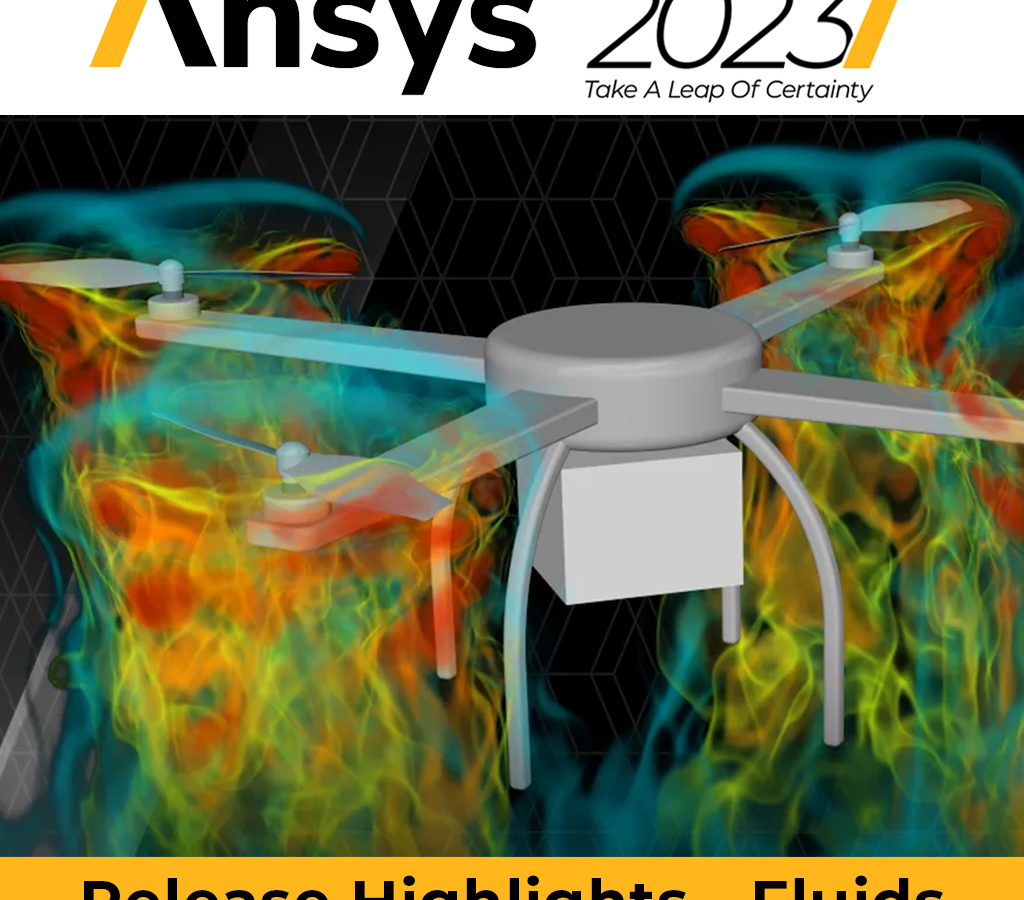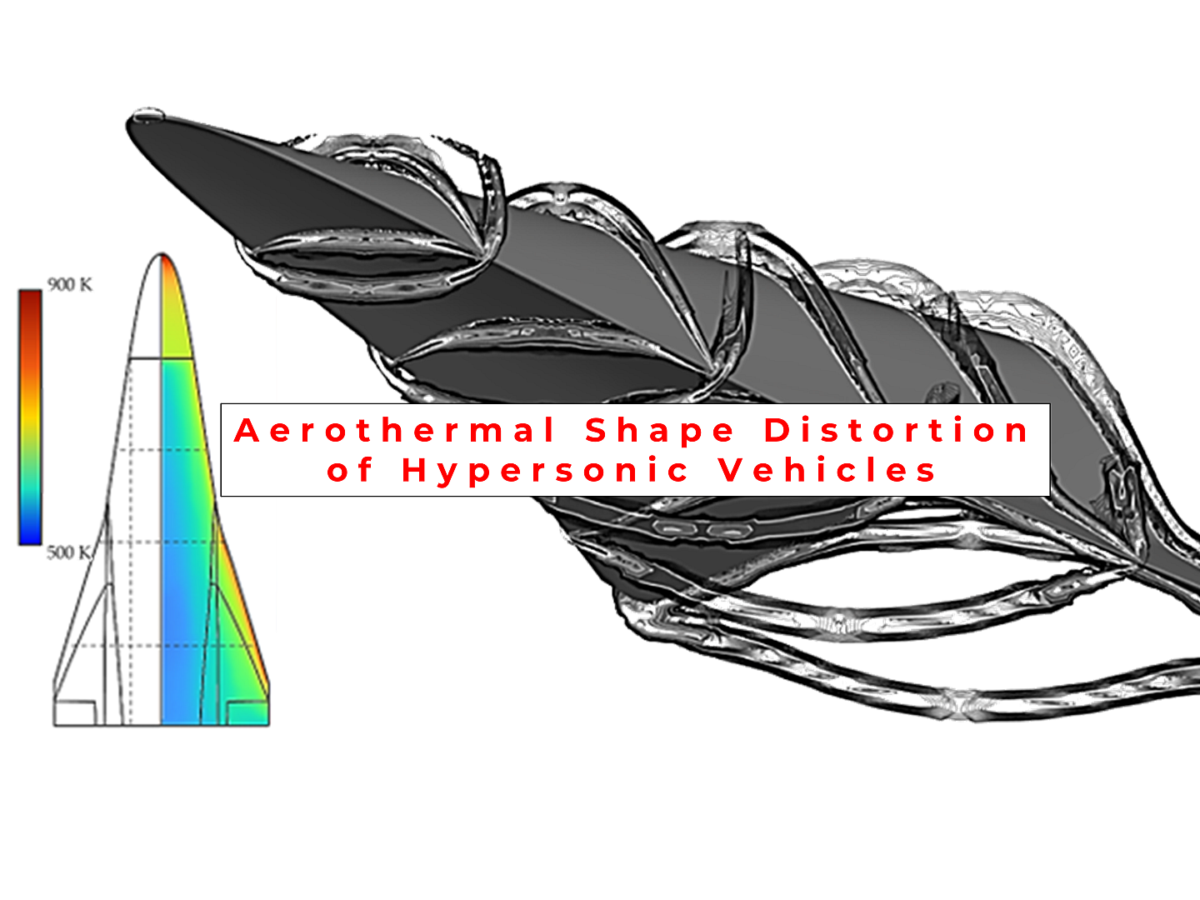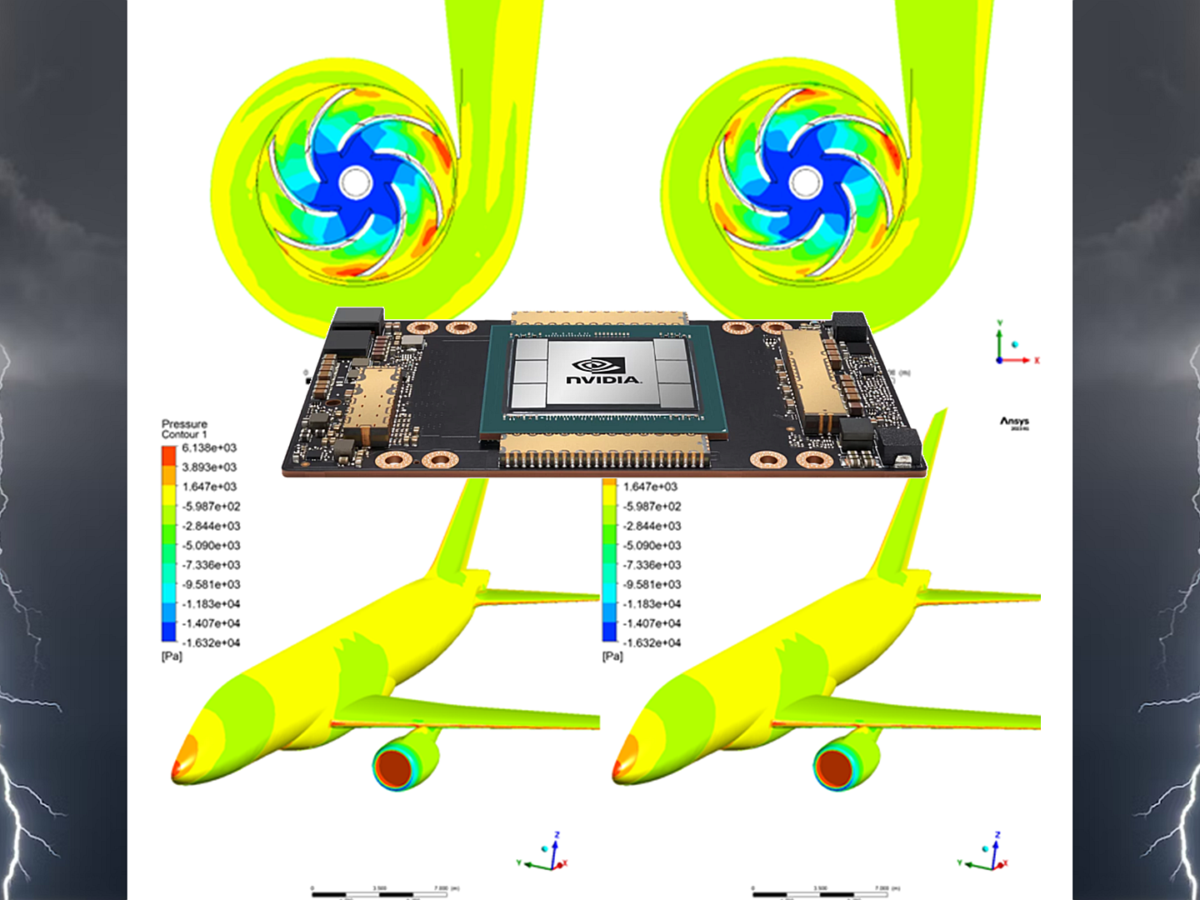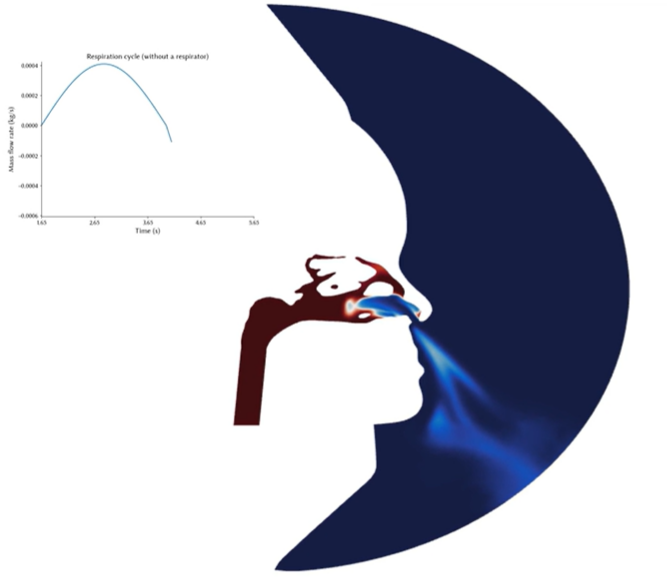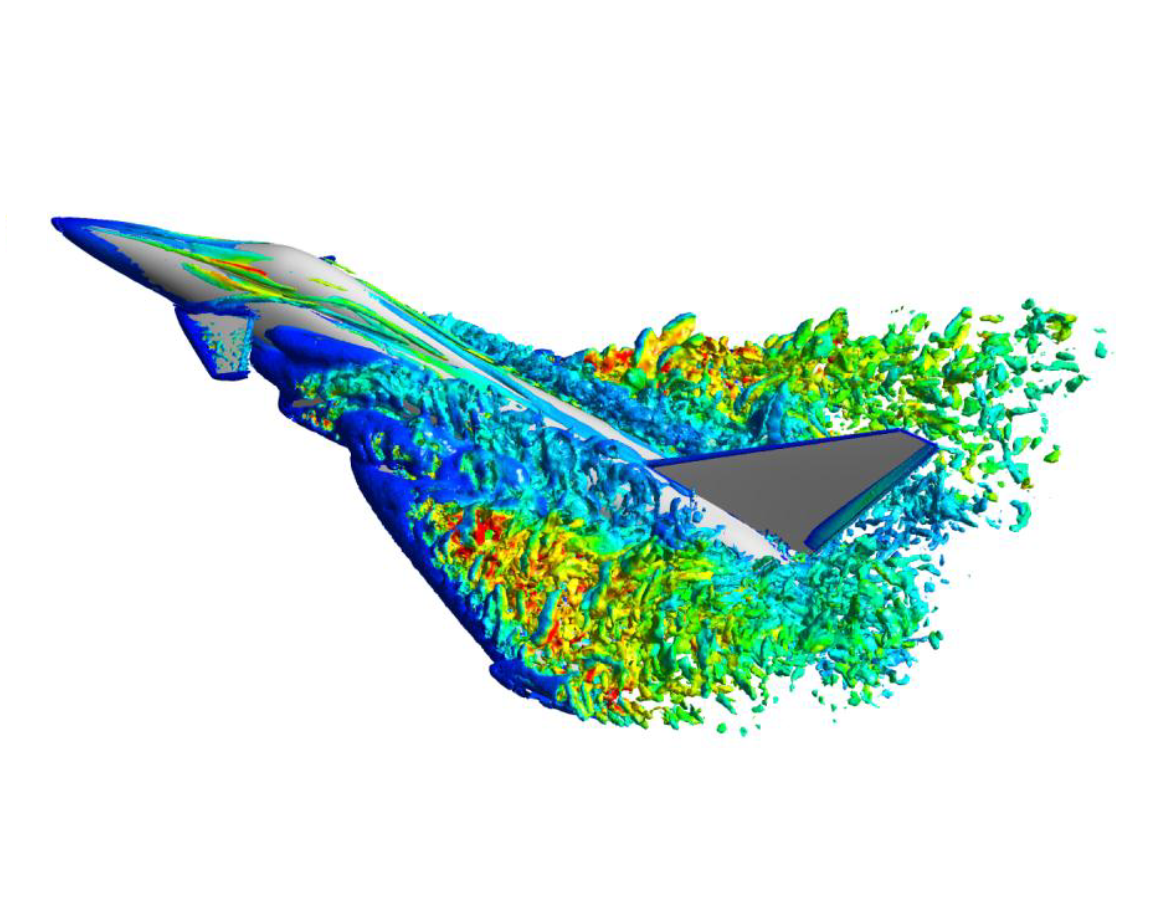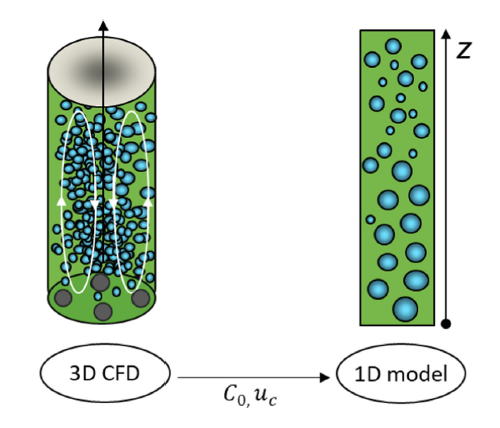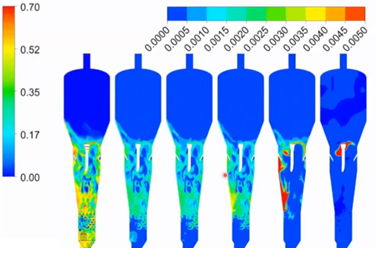Recording from LEAP's recent series of Ansys 2023 R1 & R2 update seminars covering the latest updates in Ansys Fluids. Thes videos are from our Melbourne event, presented by Dr. Lewis Clark, LEAP's Fluids Technical Manager.
How can designers of hypersonic aircraft overcome the ‘heat barrier’ using simulation to better understand aerothermal shape distortion (aka aerothermoelasticity, or fluid-structural-thermal interaction - FTSI)? This guest blog by ADFA explains how multiphysics simulation helps designers of hypersonic vehicles account for aerothermal shape distortion (which can compromise a hypersonic vehicle’s aerodynamic performance) through to the risk of catastrophic material failures, using tools that can simulate both the aerodynamics as well as the thermal and structural response.
Here we benchmark Fluent's new fully-native GPU (Graphics Processing Unit) solver, available since the 2023R1 release, which has delivered impressive numbers on our tests that include both high-end (A100 GPU - over five times faster than a baseline using 80 CPU cores) and standard 8GB GPUs that are probably similar to one you're already using (still delivering a 3x3x speedup over an 8 core Intel Xeon W-11955M CPU).
Our curated highlights from a recent SCONA event (SCONA is the Society for Computational fluid dynamics Of the Nose and Airway) that illustrate the power of using CFD for applications relevant to our understanding of the nose and airway. SCONA 2023 was held recently in Brisbane, Australia.
Guest Blog explaining the significance of the new Stress-Blended Eddy Simulation (SBES) turbulence approach which makes use of the best available models for both near-wall and far field accuracy, within one single scale-resolving CFD simulation, including a recording of highlights from our recent webinar.
Read how the advanced multiphase capabilities of Ansys Fluent (combining hydrodynamics with mass transfer and chemical reaction) are being used to model 3D bioreactors and used as inputs to validate simpler 1D models suitable for process design and optimisation using simpler, computationally faster models.
Multiphase flows form the basis of many important processes in the mineral processing, metal production, energy and chemical process industries. This guest blog from CSIRO describes how CFD modelling can be used to better understand these industrial processes, improve performance and develop new novel processes. Examples given include gas-liquid, gas-solid and gas-liquid-solid flows.
Guest Blog highlighting the use of CFD on a real-world burner optimisation project that allowed FCT’s client to increase their use of alternative fuels while solving an issue of costly shutdowns due to kiln build-up. CFD also enabled implementation of a new burner design that improves clinker quality and production.
This blog provides highlights from Conflux’s presentation on their CFD heat exchange calculations at the 2021 Australasian Ansys Fluids user group. Learn how a mix of design engineers, simulation experts and additive manufacturing specialists are creating cutting-edge heat transfer solutions with the aim of revolutionising the heat exchange technologies used across many industries.
Ansys 2022 R1 is now available - watch our recent update session with Prof. David Fletcher who discussed the new features of greatest interest to our customer base, including improvements in performance, usability, speed and model physics.
